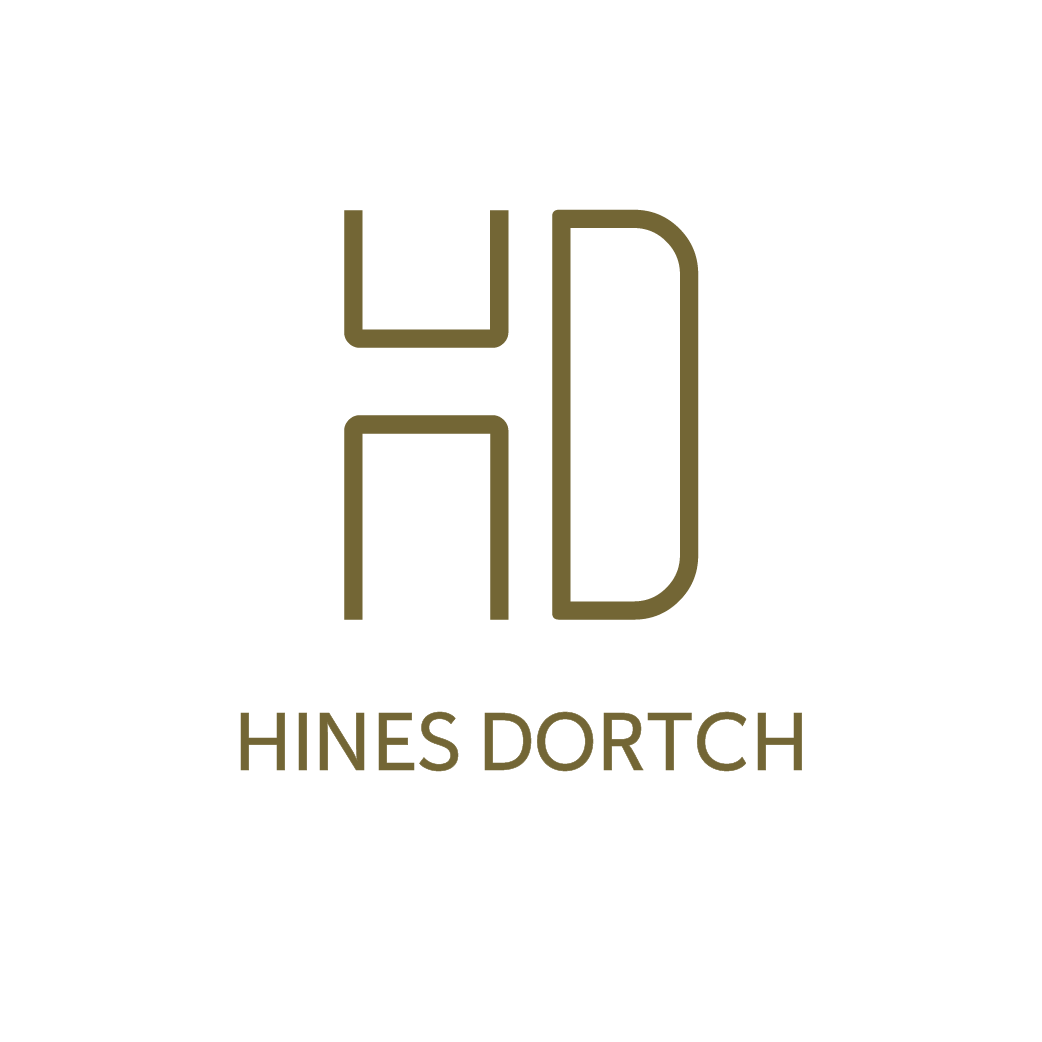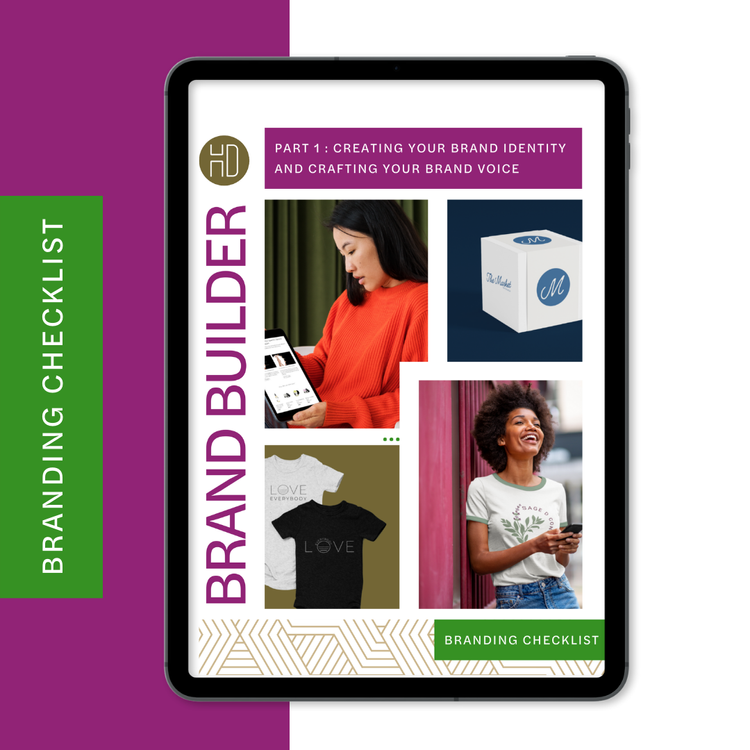Brand Builder (Part 2): Build a Compelling Brand Story
You now have your business name, brand identity and voice. What do you do now? You build a compelling story using your carefully crafted brand identity and messaging. Remember those personas? We’ll use those to identify your mission, three messaging pillars, value proposition (values), and tagline. Ready? Let’s go.
Your Brand Messaging Pillars
Brand messaging pillars are communications elements that serve as the foundation of how you communicate about your brand and it’s market differentiators.
Here’s what you’ll need to define to your pillars:
Purpose: Articulate why your brand/business exists and for who. (Example: Did you see a need for a niche service that you could provide?)
Mission Statement: Your mission should reflect your purpose...in one sentence.
Examples:
Pinterest Bring everyone the inspiration to create a life they love.
Target Help all families discover the joy of everyday life.
Dove Help women everywhere develop a positive relationship with the way they look, helping them raise their self-esteem and realize their full potential.
Core Values: What is your brand committed to and how do those things influence the way you engage with your clients? Do you want to build a community that empowers women to prioritize their mental well-being? Do you want to create a space for acceptance. These are just a few examples.
Your Value Proposition
What is a value proposition? A value proposition is a concise statement that communicates the unique benefits and value a product or service offers to its target customers. It highlights the specific problem it solves, the advantages it provides, and why it is superior to its competitors.
Example: Apple iPhone
Value Proposition: "Security at its core. Experience the unmatched privacy and protection that only Apple can offer."
Why It Works: This proposition focuses on a crucial benefit (security) in a simple and clear manner, aligning with Apple's reputation for user privacy and data protection.
Brand Positioning Statement and Promise
A Brand Positioning Statement is a concise description that defines your brand’s unique value proposition to your target market. It explains how your brand differentiates itself from competitors and what makes it appealing to your audience.
Components:
Target Audience: Clearly identify who you are serving.
Market Definition: Describe the category or industry your brand operates in.
Brand Promise: Summarize the primary benefit or value your brand offers.
Reason to Believe: Provide evidence or reasons that support your brand’s promise and make it credible.
Example: For busy urban professionals (target audience), FreshBite is the meal delivery service (market definition) that offers healthy, gourmet meals (brand promise) because we use organic ingredients and deliver within 30 minutes (reason to believe).
A Brand Promise is a commitment that a brand makes to its customers. It encapsulates what customers can expect from the brand in terms of quality, service, experience, and overall value. The brand promise should be consistent across all interactions and touchpoints.
Elements:
Clarity: The promise should be straightforward and easy to understand.
Consistency: It should be aligned with the brand’s core values and consistently delivered.
Credibility: The promise must be believable and achievable.
Example: FreshBite promises to deliver fresh, healthy, and delicious meals right to your doorstep within 30 minutes, using only the finest organic ingredients
Both elements work together to create a cohesive brand strategy. The positioning statement helps define the brand’s unique place in the market, while the brand promise ensures that customers know what to expect and trust the brand to deliver on its commitments.
Elevate Pitch/Tagline
An elevator pitch is a brief, persuasive speech (30-60 seconds) that explains your business concept, product, or service that you can use to spark interest in what your organization does.
Example: Tired of harsh chemicals in your cleaning products? We offer a line of plant-based cleaning solutions that are just as effective but safe for your family and the environment. They're powerful on dirt, gentle on your home. Would you be interested in learning more?
Brand Voice
Your brand voice is the unique personality and style in which you communicate with your audience. It encompasses the language, tone, and overall attitude conveyed through your messaging across all channels, including your website, social media, emails, and advertising.
Examples:
1. Nike
Voice: Inspirational, empowering, and motivational.
Example: “Just Do It” campaign that encourages people to push their limits and achieve their goals.
2. Mailchimp
Voice: Friendly, humorous, and approachable.
Example: Using playful and witty language in their newsletters and product descriptions.
3. Apple
Voice: Innovative, sleek, and sophisticated.
Example: Clean, minimalist language that focuses on the elegance and functionality of their products.




